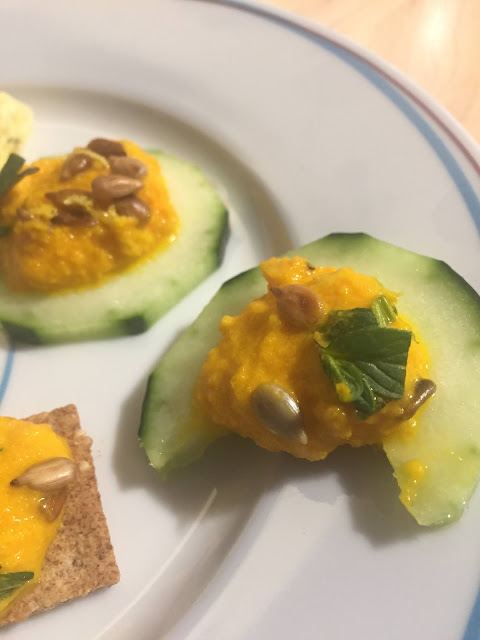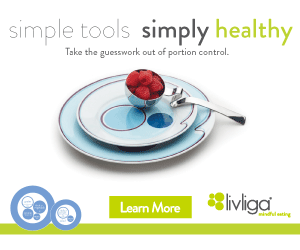Livliga is fortunate to have been honored with awards. We now have three national awards recognizing different products we have developed.
Our first award was given to
our children’s adventure book,
Sammie & Sax in the Land of Quinoa: The Search for a Balanced Meal. It received the
Moonbeam Children’s Book Award for health issues, 2013 Bronze Medal.
The second recognition we received was for our
Aveq Wine Glass. It was acknowledged as a finalist for the 2014
Martha Stewart Made in America contest.
The third accolade Livliga was bestowed was for our
LivSpoon® as the 2016 Editor’s Pick for Best New Product from
The Gourmet Retailer.
People have asked how we got these awards.
The reality is that awards don’t find you, you find them. We submitted our product for consideration and were fortunate that our product was picked for recognition.
Why did we decide to seek out awards?
It’s actually very simple. We believed awards could help us with credibility, brand awareness and exposure. When you are a new product that is innovative and paradigm shifting it provides a big boost to get recognized by established experts and institutions.
How important are awards?
In our experience awards have helped us tell our story. They also add a seal of approval. Because our product is science-based and uses psychology in the actual design, giving people a frame work for its credibility and authenticity is very important whether we are working directly with our customers or with the clinicians, dietitians, diabetes educators or bariatric coordinators who are often the gatekeepers of information for their clients.
What kind of awards should you go for?
This totally depends on what type of product you have. No doubt there is an award out there for your product. You just have to find it.
How do you find specific awards and categories?
We did it on the internet. We searched for awards related to children’s books, innovation, design and health. Timing and cost also factor in. Often you have to submit an application within a certain timeframe within which you have launched your product. Sometimes the fees for submitting your application can also seem expensive. Not all are so look for options. Most have nominal entry fees.
How has it helped us?
Each award has introduced us to new communities and new consumers who most likely will be interested in a product like ours. It provides a great way to have a conversation about our products because it adds depth to our company story and about a specific product. And it always helps when we are putting together presentations and proposals. It adds instant credibility and added interest, giving us a leg up and hopefully in to the group or company we want to work with.
Make a wish list.
We still have a wish list. Because our product is unique in its category and is relevant internationally, we want to go for an international design award. As we introduce new product we also plan to explore ways to go for additional recognition. It is not our first priority but it is part of the plan.
We are now approaching our fifth year of selling our first product. Within that time we are proud to say we have received 3 utility patents and 3 national awards for our product. We are grateful and growing and geared up for more!






















